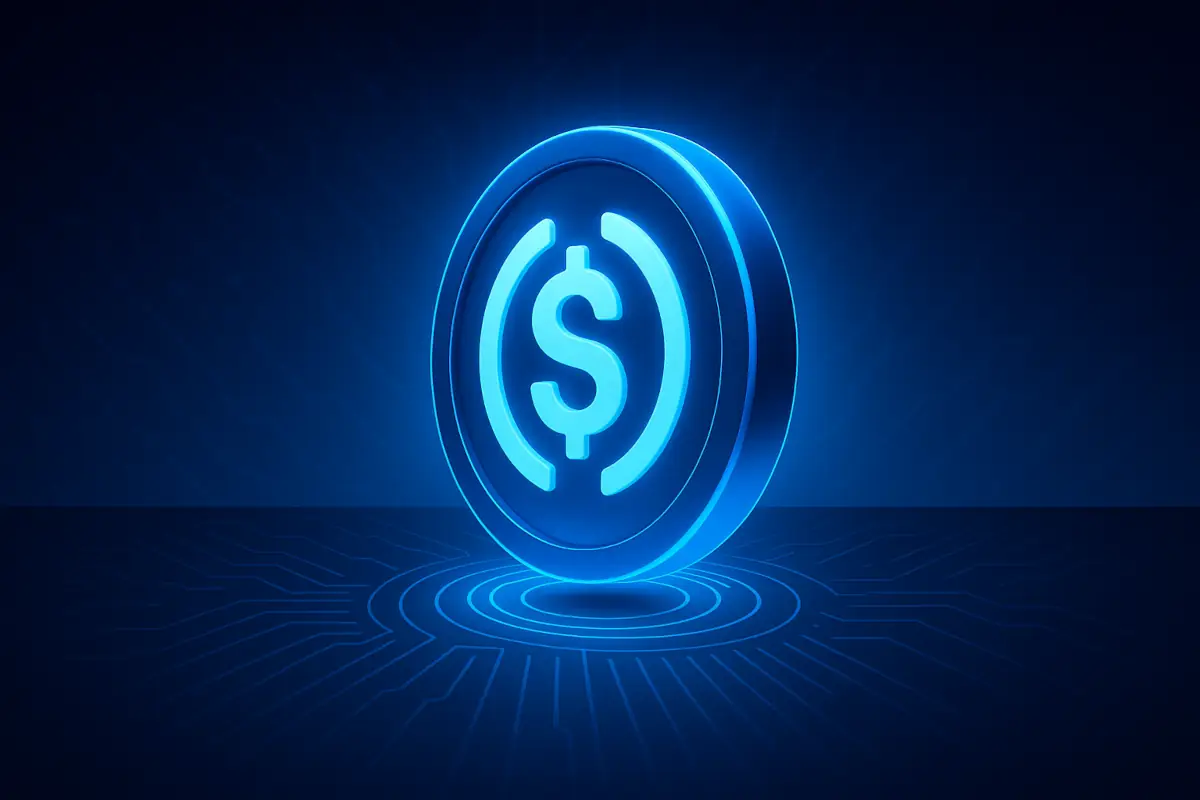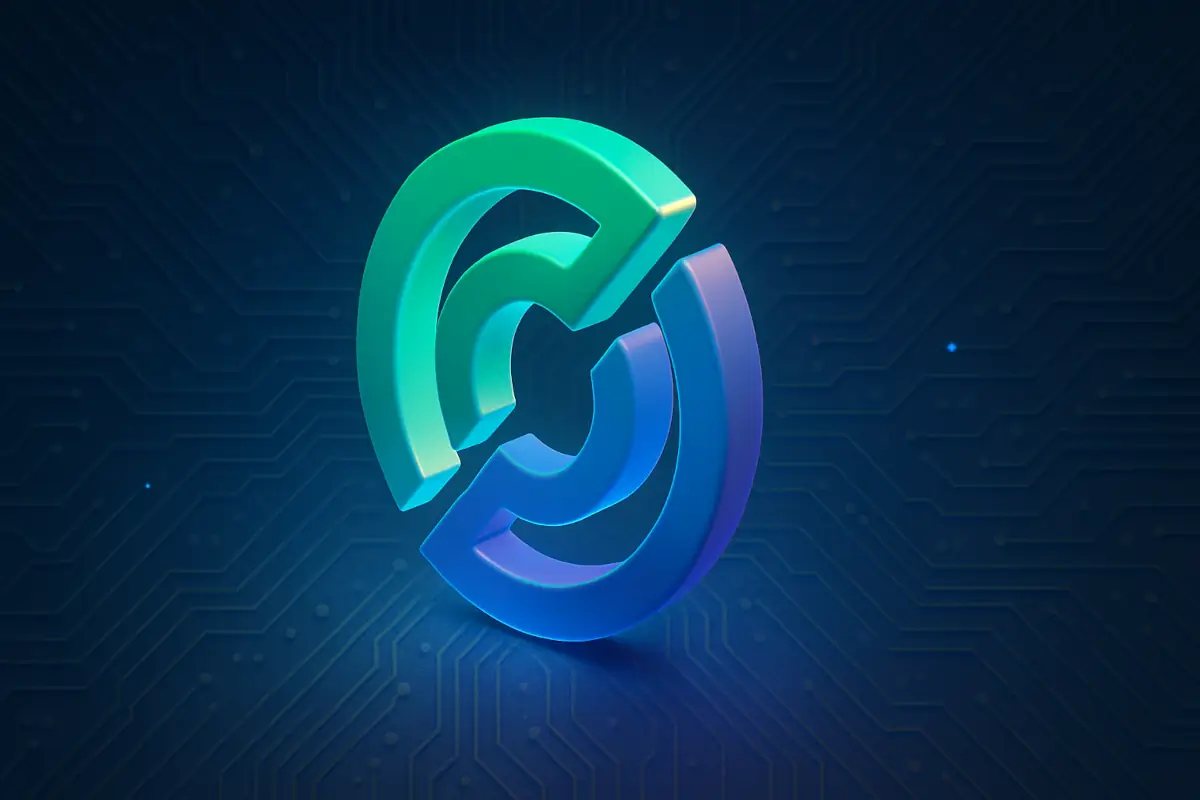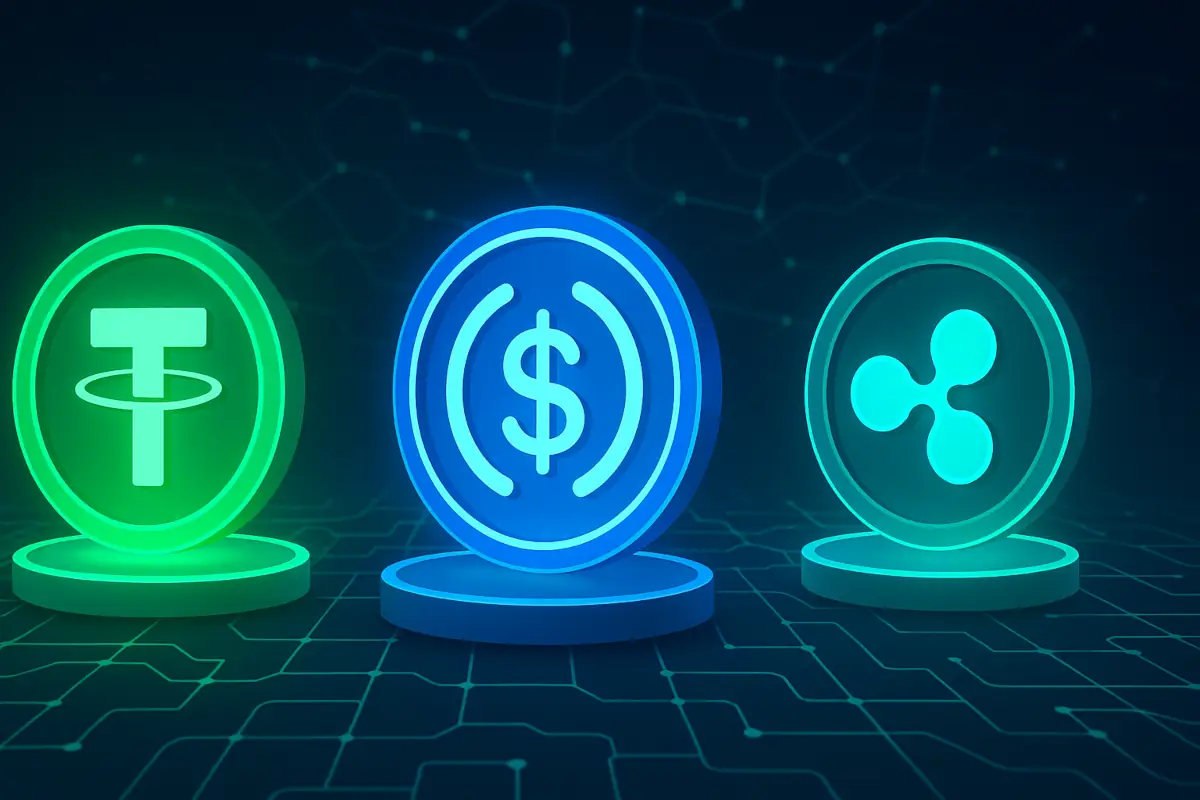The cryptocurrency company behind the USDC stablecoin is preparing to go public after several failed attempts. Circle Internet Financial’s updated IPO prospectus reveals an uncommon structure. A significant portion of the shares will come from existing investors rather than the company itself.
At the same time, confusion has spread among retail investors, leading to a price spike in Corcel PLC (CRCL), a different company with a similar ticker.
Table of Contents
Circle IPO Sees Record Insider Selling
Circle initially planned to sell 9.6 million new shares in its upcoming public offering. Alongside that, current shareholders aimed to offload 14.4 million shares. That means 60% of the total offering were from insiders – an unusually high figure for a tech IPO. In comparison, Reddit’s IPO saw just 31% of shares sold by existing holders, and Instacart’s figure was 36%.
One of the only comparable situations occurred in Facebook’s 2012 IPO, where insider sales reached 57%. Circle’s share of insider sales surpasses that, making it a standout case. The company gave no explanation in its filings, and a spokesperson declined to comment on the decision.
Circle co-founder and CEO Jeremy Allaire is part of the group cashing out. He’s selling about 1.58 million shares, equivalent to 8% of his total stake. Former co-CEO Sean Neville and CFO Jeremy Fox-Geen will also each sell 11% of their holdings. Large venture firms such as Accel, General Catalyst, IDG Capital, Oak Investment Partners, and Breyer Capital are listed as sellers of about 10% of their shares.
Yesterday, the initial offering was expanded – Circle now will offer up to 32 million shares, targeting nearly $900M valuation.
Investors Push for IPO Exits
Several analysts see high insider sales as a reaction to a prolonged dry period in venture capital exits. After tech stocks peaked in 2021, inflation and rising interest rates turned the tide. IPO activity dried up, forcing private firms to lower valuations to raise capital. With few options available, investors are seeking returns wherever they can. Lise Buyer, founder of Class V Group, an IPO advisory firm, said:
“Private investors are desperate for exits, so they can distribute back to their investors.”
Buyer also noted the rarity of insider-heavy offerings but added that the large holdings retained by investors signal continued confidence in Circle.
The market for public debuts has been thin. In the case of eToro, another recent IPO, insiders accounted for 50% of the total shares sold. Other examples show far less. Airbnb insiders sold only 3% of IPO shares in 2020. DoorDash had no insider sales at all during its offering the same year.
Circle’s Financial Health and Public Listing Route
Circle reported $64.8 million in profit in the most recent quarter. Cash and equivalents totaled nearly $850 million. If the IPO is priced in the expected $26–$28 per share range, the company could raise about $896 million (assuming the new number of 32 million shares).
The company has been trying to go public since 2021. It initially attempted a merger via a special purpose acquisition company, which eventually failed. In April 2024, Circle filed an S-1 with the Securities and Exchange Commission. Reports soon followed that it might delay the IPO and was even considering a $5 billion sale as an alternative. Coinbase and Ripple, two firms in the crypto space, were mentioned as interested buyers.
J.P. Morgan, Goldman Sachs & Co. LLC, and Citigroup are leading the offering. Circle’s stock will trade under the symbol “CRCL” on the New York Stock Exchange.
Read also: Ripple and Coinbase Interested in Circle as IPO Plans Continue
Investors Mistakenly Pump Wrong “CRCL” Stock
After Circle confirmed it would trade under “CRCL”, a sudden surge hit shares of Corcel PLC, a London-listed energy company that already trades under the ticker. Investors mistakenly bought into Corcel, believing it was tied to Circle’s IPO. The incident caused Corcel’s stock price to spike, driven by confusion rather than business fundamentals.
This sort of ticker-related confusion is not new. Retail investors have occasionally bid up unrelated stocks with similar names – for example, when Signal Advance INC surged over 400% after Elon Musk tweeted “use Signal” (the messaging app).
Circle’s Next Chapter
While Circle’s financials show strength and its backers are retaining large stakes, Wall Street will likely view the insider-heavy structure with caution. Whether the IPO performs well depends on how the market absorbs both the float size and the motivations behind the share sale.
Circle’s effort to go public has taken years. Its success – or failure – will say a lot about how far cryptocurrency firms have come since the days of SPAC hype. The use of the “CRCL” ticker already caused confusion once. How investors respond when trading starts could set the tone for others waiting in line.




